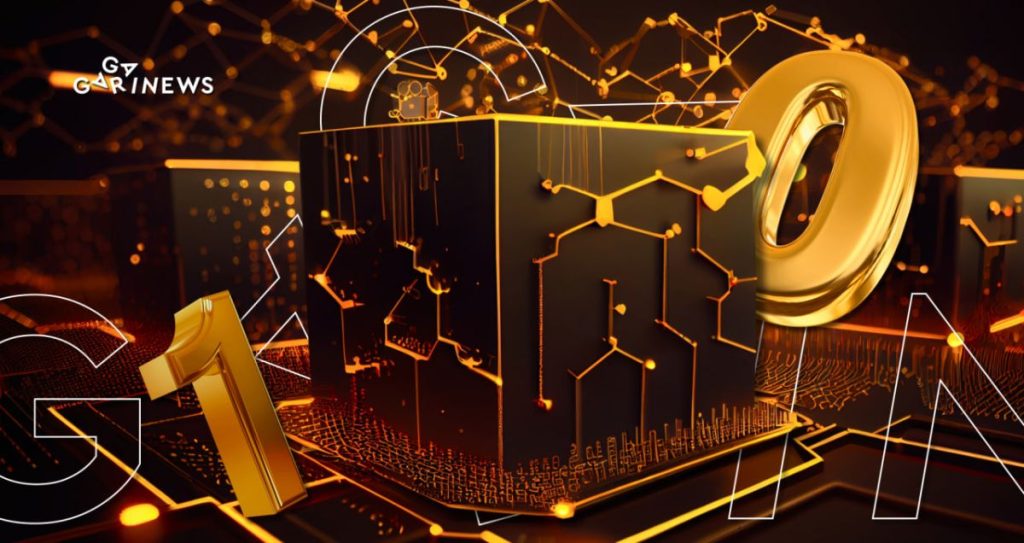What Are the Different Layers of Blockchain Technology?

Blockchain technology is a remarkable combination of different technologies that work together seamlessly to ensure the smooth operation of a system. Mathematical calculations, cryptography, peer-to-peer networks, and verification protocols all work in harmony to support the blockchain’s operations.
On this page
Blockchains use a distinctive authentication method for transactions due to their multi-layered architecture. There are four distinct layers, each with its own set of functions.
Layer 0
Layer 0 blockchains consist of components that help to activate the blockchain. These components include the internet, hardware, and various other connections that are necessary for creating a functioning blockchain. Layer 0 is the foundational stage that enables different networks, such as Bitcoin, Ethereum, and many others, to operate. It provides the basic infrastructure for the blockchain.
Examples of Layer 0 blockchains include Polkadot, Avalanche, and Cosmos.
Layer 1
Layer 1 blockchains are those that process and record transactions within their own ecosystems. They have a native cryptocurrency, which is usually used to pay fees and enable additional features. These systems can function independently and facilitate transactions without external assistance.
Some examples of L1 blockchains are Bitcoin, Ethereum, Cardano, and Solana
Layer 2
Layer 2 blockchains are networks built on top of the base chain. Unlike Layer 1 networks, which are a decentralized ecosystem, the L2 blockchain is a third-party integration. It works with the first layer to increase the number of nodes and, as a result, the computational power of the system. This helps blockchains like Bitcoin and Ethereum process thousands of transactions per second.
The following technical solutions are used for such third-party integrations:
- State Channels allow users to perform transactions off-chain. Once the transaction is complete, the outcome is recorded in the blockchain using a multi-signature smart contract
- Nested Blockchains. The operation of a more scalable L2 blockchain due to a less secure consensus mechanism on top of L1.
- Roll-ups batch transactions and process them in the L1 network
- Sidechains serve as a hybrid of a nested blockchain and state channel, used to process a large number of transactions together.
Examples of L2 blockchains include Polygon and Optimism.
Layer 3
Blockchain Layer 3 is also known as the “application layer.” Its main task is to host dApps and many other protocols that allow the use of other applications. Here, the blockchain protocol is divided into two important sub-layers, namely application and execution. This is the most powerful solution created for separating blockchains with cross-chain capabilities to achieve interaction.
Examples of L3 blockchains:
- Decentralized crypto exchanges (such as PancakeSwap and Uniswap).
- Liquidity management protocols (such as Compound and Aave).
- Payment mechanisms (such as Tornado Cash and similar ones).
The difference between layers
What is blockchain scalability?
Scalability refers to the network's ability to handle a larger number of transactions and users within the network. This can be achieved through vertical scaling, which involves improving the hardware of central nodes, or horizontal scaling, which involves evenly distributing the load across smaller segments of the network using software methods.
For more information on blockchain scalability, check out our article.
As blockchain technology continues to evolve, more organizations are recognizing its potential and implementing it in various fields. This technology has the potential to shape the future of technology and data management.
The content on The Coinomist is for informational purposes only and should not be interpreted as financial advice. While we strive to provide accurate and up-to-date information, we do not guarantee the accuracy, completeness, or reliability of any content. Neither we accept liability for any errors or omissions in the information provided or for any financial losses incurred as a result of relying on this information. Actions based on this content are at your own risk. Always do your own research and consult a professional. See our Terms, Privacy Policy, and Disclaimers for more details.



























